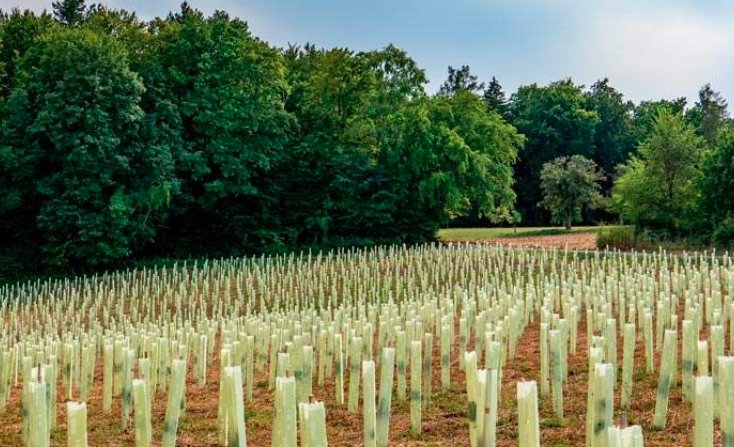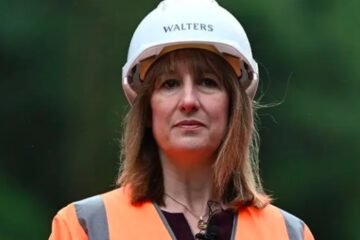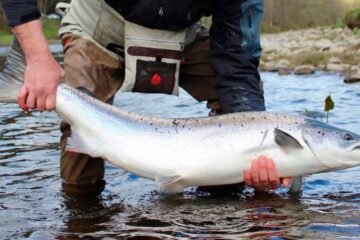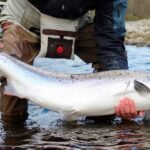Tree planting across the UK is painting a mixed picture this year: England has notched up its highest planting rates in two decades, but Scotland — long the UK’s woodland powerhouse — is facing a sudden slump that’s raising eyebrows among climate experts.
New figures released by Forest Research show that while the UK added nearly 16,000 hectares of new woodland this planting season, Scotland’s contribution has halved compared to its record year in 2024. So what’s really going on?
England’s Green Gains
For the first time since 2003, England has pushed past the 5,700-hectare mark for new woodland. That’s no small feat for a country where farmland, housing demand, and infrastructure often squeeze out large-scale planting plans.
The Climate Change Committee — the UK’s independent climate watchdog — has praised the uptick. Planting trees is one of the cheapest and simplest ways to capture carbon, which is vital if the UK wants to hit its legally binding 2050 net zero target.
One government source said these figures should be seen as proof that England’s landowners and councils are finally taking climate pledges seriously.

Scotland’s Surprising Slowdown
In stark contrast, Scotland has seen its numbers tumble from last year’s 15,040 hectares — a level not seen since the early 1990s — down to just 8,470 hectares this year.
One official from the Climate Change Committee called this drop “worrying but not unexpected.” Why? Funding. In the past year, budget cuts and policy delays have left some landowners without clear incentives or support to plant.
“We can’t pretend Scotland can carry the whole UK woodland target,” said an Edinburgh-based forestry consultant. “But it’s done the heavy lifting for years. England and Wales have to step up.”
UK Woodland: Where We Stand
Just how green is Britain right now? In total, the UK’s woodland area now stretches across 3.29 million hectares. That’s about 14% of the UK’s entire land area — still far behind some European neighbours.
The 2024/25 season’s breakdown looks like this:
| Nation | Hectares Planted |
|---|---|
| England | 5,700 |
| Wales | 960 |
| Scotland | 8,470 |
| Northern Ireland | 500 |
| UK Total | ~15,630 |
Nearly two-thirds (64%) of new planting this year were broadleaved trees, which tend to support greater biodiversity than fast-growing conifers.
Funding Worries in the North
Some Scottish foresters blame the drop squarely on cuts to the Forestry Grant Scheme and uncertainty over future support. One local woodland owner from the Borders told me that after waiting for months, his project was postponed because promised funding never came through.
“It’s all well and good to talk about carbon sequestration,” he said, “but when the cash dries up, the spades go down.”
Climate Targets at Risk?
This funding squeeze is raising alarms among climate policy analysts. The Climate Change Committee has repeatedly said that UK woodland creation needs to more than double if the country wants to keep pace with net zero plans.
Even with England’s improved figures, the national total remains well short of the annual 30,000 hectares the government set out to hit back in 2019.
Local Farmers Split Over Trees
While some farmers have embraced woodland schemes as a new income stream — especially as traditional livestock farming becomes less profitable — others are sceptical.
“I can’t just turn my best grazing into oak trees,” one Yorkshire farmer told me bluntly. “I get that the climate needs this, but they need to make it worth my while.”
Will Broadleaves Lead the Way?
Interestingly, this season’s figures show a clear tilt towards broadleaved planting, like oak, birch, and beech, rather than fast-growing spruce and pine.
Ecologists say that’s a win for biodiversity — birds, insects, and fungi thrive in broadleaf woods — but they’re more expensive and slower to mature, so landowners need more support to make them viable.
Eyes on Next Season
Forestry groups and climate campaigners now want clarity on how Scotland, in particular, plans to get back on track. There’s talk of increased private investment and new incentives to balance out the funding cuts.
But for now, the numbers are a stark reminder: tree planting may be a simple idea, but putting it into practice depends on money, politics, and farmers who need to see the soil as more than just trees for tomorrow.


















